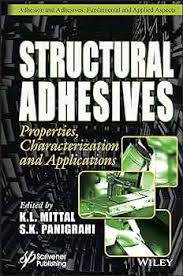Ask Dr. Dave: August 2013
How can we feel comfortable when changing to a new adhesive supplier?

QUESTION: The adhesives we use are now available from more than one supplier. How can we feel comfortable when changing to a new supplier?
ANSWER: There must be a reason for asking this question—is it to get a better price or more reliable delivery, for example? When considering a new supplier, make a checklist of the benefits your current adhesive supplier gives you in terms of product performance, quality, and service. In addition, make sure you recognize any weaknesses.
You should work with companies that have facilities and quality systems certified to ISO 9001 and have products approved to the relevant military specifications (MIL-Specs) or automotive specifications. Always make sure that the new supplier can provide you with appropriate technical data sheets and certificates of analysis for each adhesive batch. I would highly recommend that you carry out your own testing—including speed of cure, strength, and fluid and heat resistance—to meet your internal performance specifications.
Another important factor to take into account when choosing a supplier is the level and speed of technical service that they provide. Although technical service may not often be required with simple threadlockers, for example, it is often necessary for structural adhesives. Recognize that application equipment is an important part of your bonding operations; some suppliers can supply and service both the equipment and the adhesive. Many benefits can often result from sourcing from a large multinational supplier, including financial and supply stability. On the other hand, smaller companies are sometimes much more responsive when problems arise.
Sourcing from more than one supplier also has the benefits of removing total dependence on one supplier and giving you leverage in price negotiations. I certainly recommend it—as long as you have done your homework.
Any views or opinions expressed in this column are those of the author and do not represent those of ASI, its staff, Editorial Advisory Board or BNP Media.
Looking for a reprint of this article?
From high-res PDFs to custom plaques, order your copy today!





